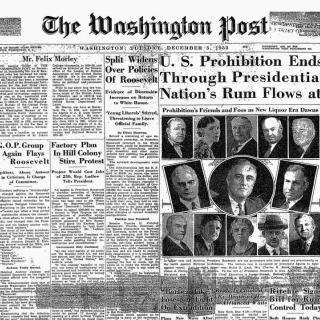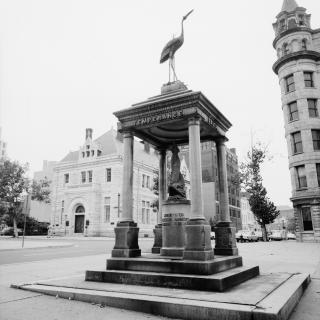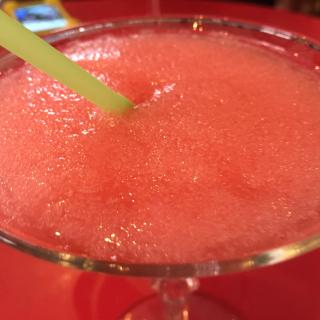D.C.'s Illustrious Brewing Past and Present
Washington has a growing reputation for quality suds. Indeed, the last few years have seen a huge increase in the number of local breweries and they are doing some very interesting things with America's favorite alcoholic beverage.
Needless to say, the scene hasn't always been so bustling, and we wanted to learn more about the history of brewing in our fair city. So, we sat down with two people who should know: beer historian Garrett Peck, author of Capital Beer: A Heady History of Brewing in Washington, D.C. (available at Amazon.com and fine booksellers everywhere) and Kristi Griner, head brewer at Capitol City Brewing Company. Check out this video with Garrett!
There's a lot to the story so you should definitely pick up a copy of Garrett's book. But here are a few of the highlights...
Brewing has been part of life in the Washington area since the 18th century. Most of the early brewers were people of English descent, so they made English-style ales and porters. However, those heavy beers didn't always sit so well in the tummies of Washingtonians during the hot and humid summers. And, so, when the Germans began immigrating to the United States in droves during the 1850s, Washingtonians took a liking to the lighter lager beers that their new neighbors brought with them.
Lager, however, was a challenge to make in Washington's warm summer climate because it required cool temperatures throughout the brewing process. That was a big problem until Alexandria's Robert Portner invented ice making machinery in the 1870s. With this new technology, it was possible to produce lager beer year round. The Robert Portner Brewing Company grew to become the largest brewery in the South. The old production plant was in Old Town on the site now occupied by Trader Joe's.
By the early 1900s, the local market was dominated by a few large brands, most notably the Christian Heurich Brewing Company. Heurich had many different styles of beer and was Washington's largest producer at his plant in Foggy Bottom. Thanks to some shrewd business decisions -- notably the construction of an ice plant -- Heurich survived Prohibition and was able to reopen when the dry laws were repealed. His was the only local brewery to do so.
However, Heurich's days were numbered. While beer had been Washington's drink of choice before Prohibition, consumer tastes changed during the "dry" period. Bootleggers supplied the city with liquor because it was more profitable and Washingtonians' developed a taste for cocktails. By the time the great social experiment was over, Washington was not as interested in beer as it had been before. In addition, Heurich faced more competition from national brands like Schlitz and Anheuser-Busch, which had huge marketing budgets.
In 1956, the Heurich family decided to shut down the brewery and sell the land to the Federal government. (The Kennedy Center would later be built on the site.) The closure of the Heurich brewery kicked off several decades where Washington did not have a single homegrown brewery. The drought finally ended in the early 1990s when the D.C. government legalized brewpubs, and Capitol City Brewing Company opened at 11th and H St., NW. This was a great step forward, though it would be a few more years before production (canning and bottling) brewing returned to the nation's capital with D.C. Brau, Three Stars and Chocolate City in 2011. Since then, the scene has absolutely exploded but the local brewers have maintained a close-knit community, as Kristi Griner explained to us when we talked to her.
Drink up, D.C.! We didn't always have so many great beer choices!





![Sketch of the mythical fuan by Pearson Scott Foresman. [Source: Wikipedia]](/sites/default/files/styles/crop_320x320/public/2023-10/Goatman_Wikipedia_Faun_2_%28PSF%29.png?h=64a074ff&itok=C9Qh-PE1)












